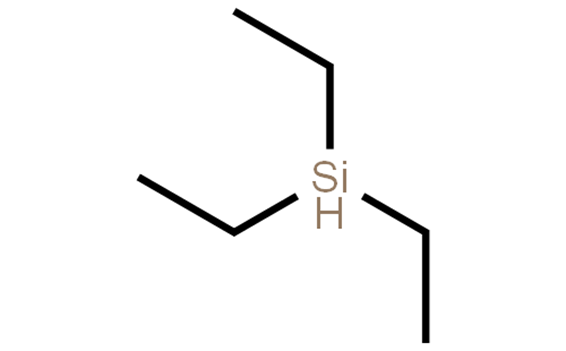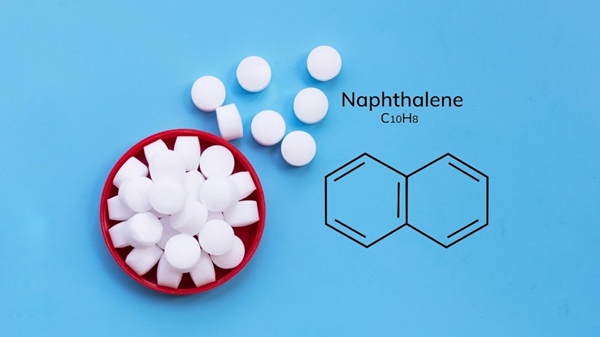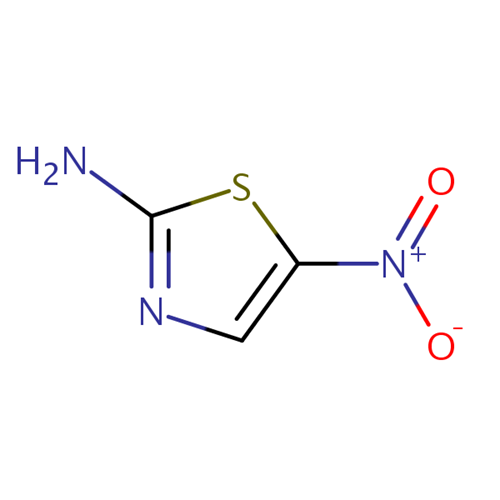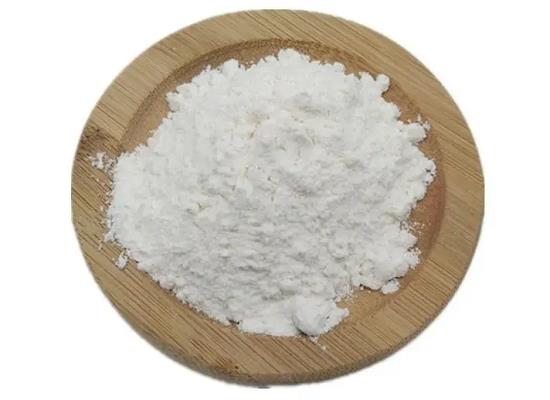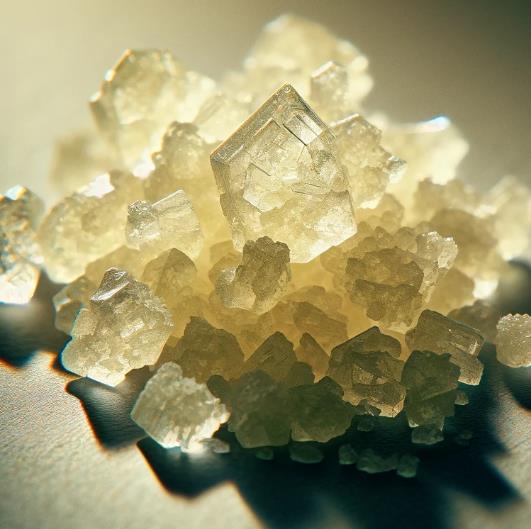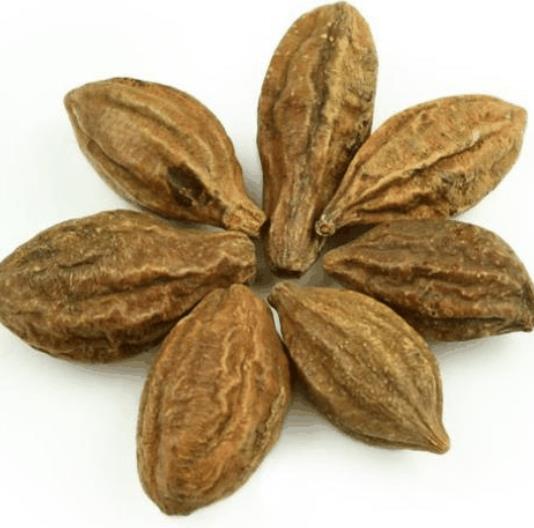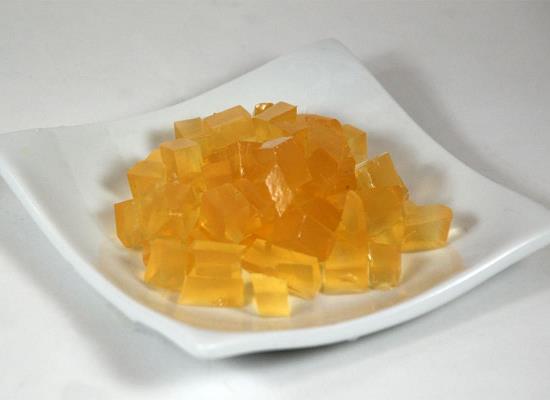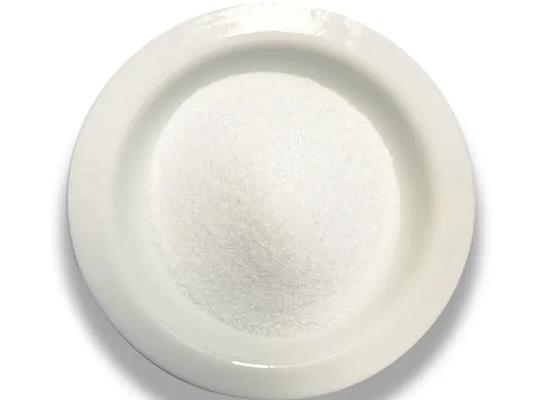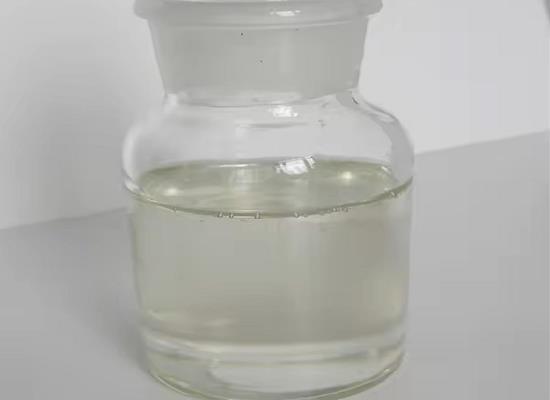Active Pharmaceutical Ingredients (API), popularly speaking, are the raw materials of medicines, only pharmaceutical raw materials are processed into pharmaceutical preparations , can they become medicines available for clinical use, so drugs we usually eat are the finished drugs through processing. Active Pharmaceutical Ingredients based on its sources can be divided into two major categories ,including chemical synthetic drugs and natural chemical drugs. Chemical synthetic drugs can be divided into organic synthetic drugs and inorganic synthetic drugs. Inorganic synthetic drugs are inorganic compounds ( very few is element), such as aluminum hydroxide, magnesium trisilicate which are used for the treatment of gastric and duodenal ulcers ; organic synthetic drugs are mainly composed of drugs made by basic organic chemical raw materials, through a series of organic chemical reactions (such as aspirin, chloramphenicol, caffeine, etc.). Natural chemical drugs ,based on its sources,can be divided into two categories including biochemical drugs and plant chemical drugs. Antibiotics are generally made by the microbial fermentation, which belongs to the biochemistry category. A variety of semi-synthetic antibiotics occurs in recent years,which are biosynthesis and chemical synthesis combining products.Among active Pharmaceutical Ingredients, the organic synthetic drugs varieties, yields and values have the largest proportion,which are the main pillars of the chemical and pharmaceutical industries. The quality of active Pharmaceutical Ingredients decides whether the formulation is good or bad , so its quality standards are very strict ,countries in the world have developed national pharmacopoeia standards and strict quality control methods for its widely used active Pharmaceutical ingredients.
Q:How does the reduction mechanism of triethylsilane and trans fatty acids work?
A:Triethylsilane is a commonly used reducing agent in organic reactions for a wide range of functional groups, including alcohols, aldehydes, ketones, and amides.
May 8,2024 APINaphthalene: Uses and Safety
Naphthalene is a white crystalline volatile solid in the form of flakes, cakes or powder with a strong coal tar odour.
May 8,2024 APISynthesis of 2-Amino-5-nitrothiazole
A new synthetic process for 2-Amino-5-nitrothiazole avoids dangerous nitration and rearrangement procedures.
May 8,2024 APIOlivetol: Natural Occurrence, Biotransformation and Electrochemical Detection
Olivetol, sourced from tropical plants, undergoes biotransformation, yielding three metabolites. Electrochemical detection aids cannabinoid synthesis research, highlighting its importance.
May 8,2024 APIUnveiling the Versatility of 4'-Bromo-3'-methylacetophenone: A Catalyst for Innovation in Chemical Synthesis and Application
4'-Bromo-3'-methylacetophenone, a notable compound in the realm of organic chemistry, exemplifies versatility and efficacy.
May 8,2024 APIUnlocking the Potential of Chebulagic Acid: A Comprehensive Exploration for the Chemistry and Pharmaceutical Fields
In the ever-evolving landscape of pharmaceuticals and chemical research, chebulagic acid emerges as a beacon of potential and versatility.
May 8,2024 APIAgar Biosynthesis in Red Algae: From Monomers to Polysaccharides
The biosynthesis of agar involves galactose monomers synthesized and polymerized in the Golgi apparatus, forming polysaccharide chains with glycosidic bonds.
May 8,2024 APISodium Pyruvate: A Versatile Compound Driving Advances in Biochemistry and Clinical Therapies
Sodium pyruvate is vital in biochemistry, cell culture, and clinical uses, supporting energy production, cell growth, and alleviating allergic rhinitis symptoms.
May 8,2024 APIDiphenylmethane: Natural Occurrence, Activity and Preparation Method
Diphenylmethane, found in potatoes and soybeans, has therapeutic potential for insulin resistance via PPARα and PPARγ agonism, synthesized via Suzuki coupling.
May 8,2024 API2,5-Dimethyl Pyrazine: Applications in Difluoromethylarylation and Toxicity
2,5-Dimethyl Pyrazine, utilized in food, fragrance, and pharmaceuticals, holds both utility and potential toxicity, requiring careful regulation.
May 8,2024 API



